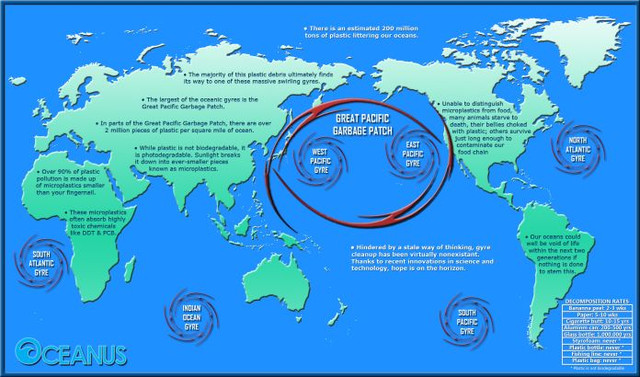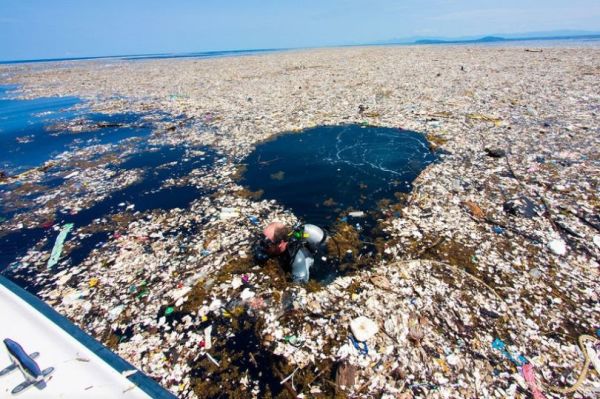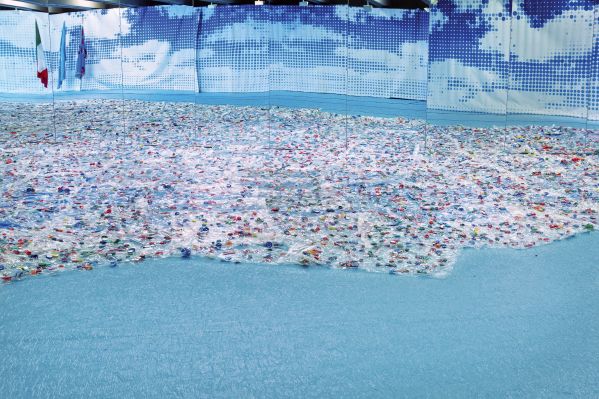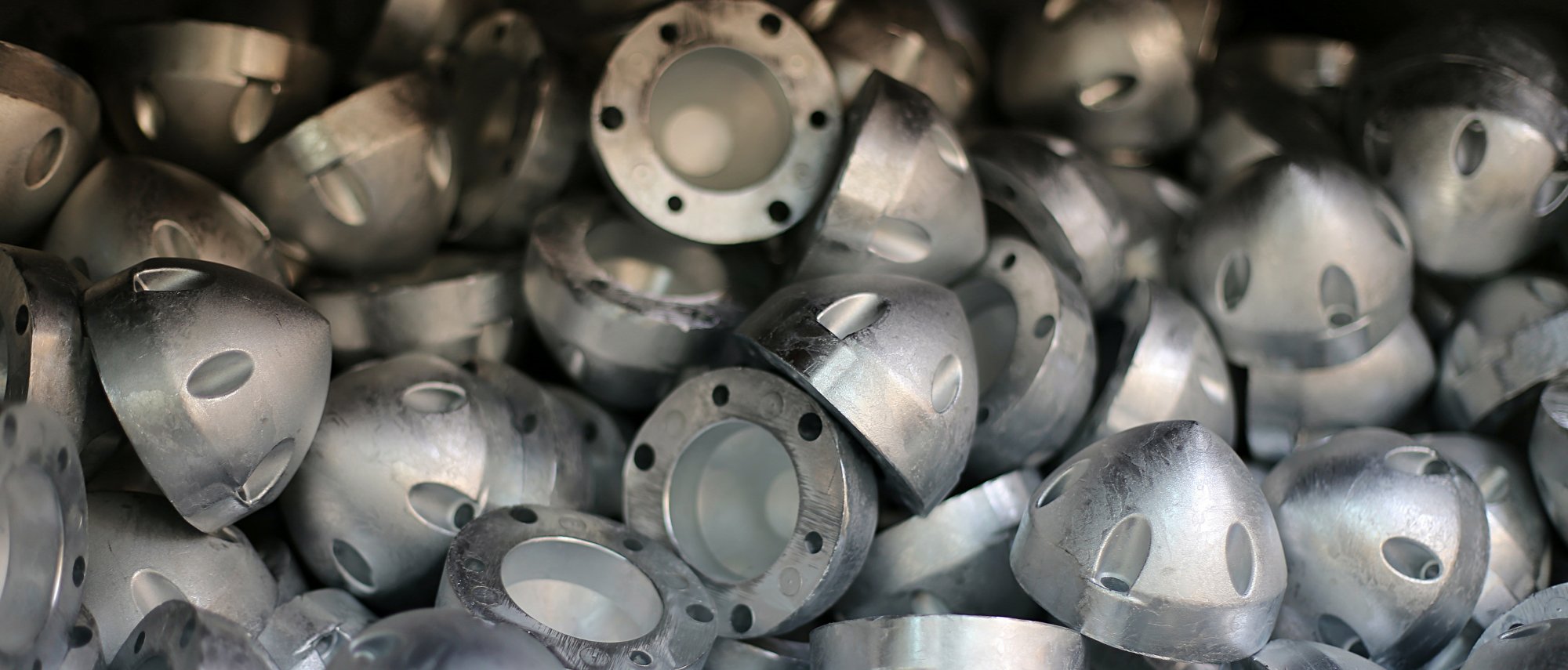
We continue the topic of last week in a thematic way, talking about one of the most shocking consequences
We continue the topic of last week in a thematic way, talking about one of the most shocking consequences of marine pollution from plastic: the creation of real islands of waste at the center of the main sea currents. Today we talk about the biggest and most famous of these, the Pacific Trash Vortex, which since 2013 is even recognized (provocatively) as a separate state: the Garbage Patch State.

The existence of the Pacific Trash Vortex, also known as the Great Pacific Garbage Patch was confirmed in 1988 by the National Oceanic and Atmospheric Administration of the United States. This was formed due to the action of the oceanic current of the North Pacific subtropical gyre which, being endowed with a particular spiral movement, makes the center of the area a relatively stationary region of the Pacific Ocean (often called as horses latitude), perfect to allow waste to join together.
As we see from the map above, the Pacific Trash Vortex is the largest plastic island in our seas, but it's not the only one. There are in fact four more (another in the Pacific, two in the Atlantic and one in the Indian Ocean) and it is said that it is forming a sixth towards the Arctic Sea. The extension of the Pacific Trash Vortex is not known, but estimates range from 700,000 square kilometers (larger than the Iberian Peninsula) to 10 million square kilometers (largest of all the United States). Regarding the amount of debris present we speak of a figure ranging from 3 million tons to 100 million tons. As if this were not enough, these values ??are constantly growing.

In the cultural imaginary the Pacific Trash Vortex is often portrayed as an island made of bags, used bottles and much more solid debris, but the reality is more disturbing. The fact is that it is possible to cross this area without even realizing that we ended up inside, since it resembles a plastic soup rather than a solid plastic earth. This is because the plastic is not subjected to biodegradation, but to photodegradation. It disintegrates itself into smaller pieces that remain plastic (only much more difficult to identify). The process, besides being very long, can also produce PCB pollution (with consequences very similar to the typical dioxin pollution of smog).
In addition to the direct toxic consequences of pollution, the buoyancy of plastic particles, which resemble plankton, induces ingestion by marine animals and the insertion of plastic into the food chain. In 2001, the relationship between plastics and zooplankton in the area was six to one. Also in the area are proliferating animals that benefit from the plastic: insects and invertebrates that use the residues to reproduce in an excessive way completely unbalancing the marine ecosystem. Resuming the last week speech, the ocean could maybe also survive all this (changing itself), but we don't.

The problem of the Pacific Trash Vortex has long been ignored by public attention, more focused on more imminent and close issues. For this reason, on 11th April 2013 the artist Maria Cristina Finucci, under the patronage of the UNESCO and the Italian Ministry of the Environment, founded, in a provocative way, the Garbarge Patch State (even creating a flag), through the first installation that you find in the image above. Since then the project has been anything but stopped, continuing to bring themed installations around the world, albeit in general ignorance. The last one was this July in Rome, but you can find a complete list here.
To be honest, it must be said that, in silence, someone is trying to do something. There are many projects put in place to remedy or curb the problem. The best known is definitely The Ocean Cleanup of the Dutch Boyan Slat (which has finally started this September), but there are also others like the australian project Seabin. Of these we will probably talk better during a future Save Our Ocean.

METSTRADE is the world's largest trade fair for equipment, materials, and systems for recreational....
Our team is ready for the 63rd Genoa International Boat Show from 21 to 26 September.
METSTRADE IS the world’s largest trade exhibition of leisure marine equipment, materials....
For over 30 years Tecnoseal has been present at the Genoa International Boat Show, whose 2022....
Il 2021 ci vede di nuovo presenziare ai principali eventi mondiali dedicati alla nautica e....
NACA family is growing! Tecnoseal is glad to announce that new products have been introduced....
Anche per il 2020 Tecnoseal ha preso parte come espositore al Salone Nautico Internazionale....
Tecnoseal is pleased to announce the arrival of the MY BOAT QR CODE. Born from the union between....


